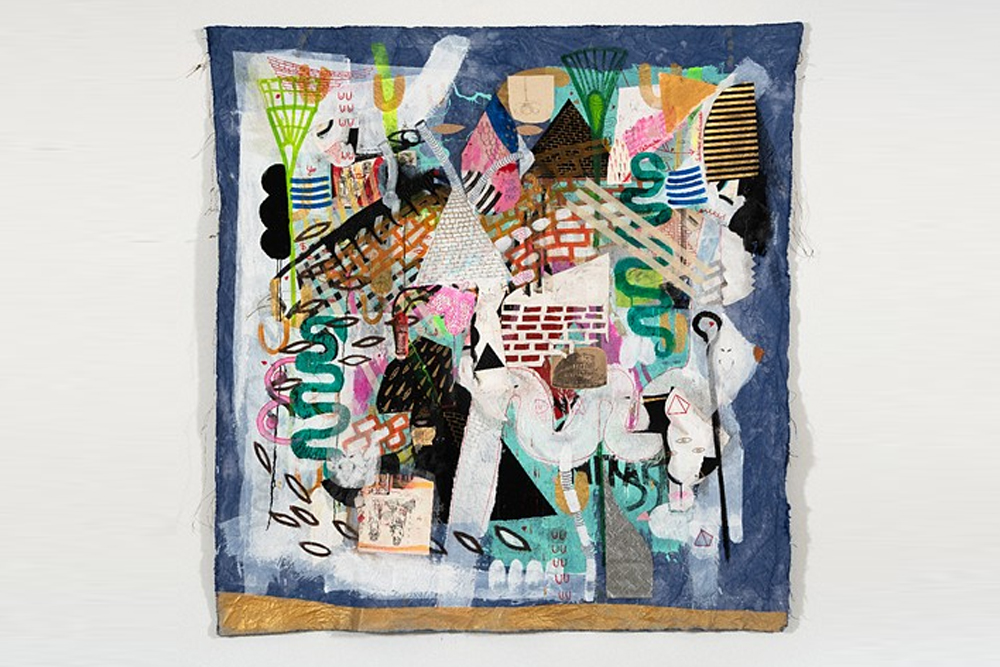
The uncommon ancestry and background of artist Jackie Milad frequently influence her flamboyant tapestry creations. Her mother is from Honduras and her father is Egyptian; together, they raised their daughter in Baltimore, which was a major center of the US civil rights movement in the 1960s and birthplace of the U.S. national anthem.

Milad tells Arab News that although there are significant differences between her two cultures, the combination is fascinating. She uses the word "chaos" to describe her childhood, and the same can be said of her art—but in a lovely way that is a visual feast. Milad's tapestries act as nested windows that open up to her own world, a collection for the various things that fascinate her. She collects books from museums, various discarded pieces of paper, and textiles that may serve as inspiration, including a blanket that belonged to her late aunt. Ancient Egyptian symbols, Mayan icons, neon color splashes, pictures of extinct volcanoes and museum artefacts, patterned fabrics, beaded embroidery, Spanish and Arabic words, drawings by her son, and colors that Milad associates with her grandmother's kitchen in Honduras can all be found in her works.

Milad's lifelong passion for sketching inspired her to finally seek a career in tapestry making. She would collect her old drawings on paper and consider how to breathe new life and vitality into them by incorporating them into collages. They appeared to be tapestries even though they were made of paper.

Milad discloses that the Baltimore Museum of Art has just given her the go-ahead to produce a site-responsive piece of art in dialogue with a sculpture from the 1992 collection of the African-American artist Fred Wilson. The sculpture by Wilson, named "Artemis/Bast," combines the black head of the Egyptian goddess of cats, Bast, with the white body of the Greek goddess Artemis.
“I really want it to be a situation where anyone can approach the work and have their own experience,” she says. “At the same time, I love it when someone comes up to my work and has a shared perspective and can say, ‘I know exactly what that means.’ It’s about being included in the story and building community.”

















